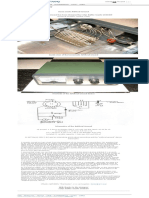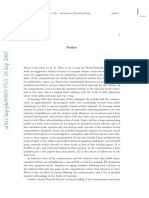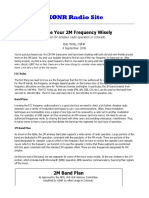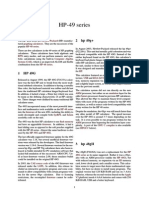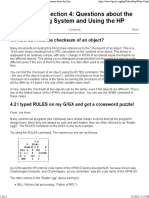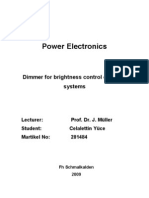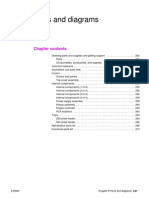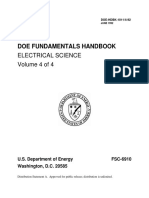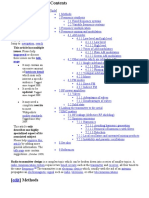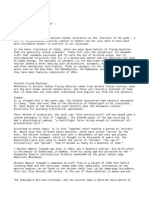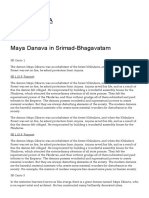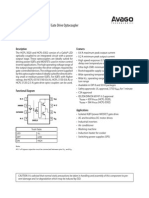0% found this document useful (0 votes)
98 views8 pagesTriac Tutorial and Triac Switching Circuits
This document provides an overview of triacs and their applications. It discusses that triacs are bidirectional thyristor devices that can conduct current in both directions, unlike conventional thyristors. Triacs have four triggering modes of operation depending on the polarity of voltage and gate current. They are commonly used for full-wave AC power control applications like dimming lights and controlling motor speed. The document explains basic triac switching and phase control circuits to demonstrate how triacs can be used to control AC power.
Uploaded by
NikšaCopyright
© © All Rights Reserved
We take content rights seriously. If you suspect this is your content, claim it here.
Available Formats
Download as PDF, TXT or read online on Scribd
0% found this document useful (0 votes)
98 views8 pagesTriac Tutorial and Triac Switching Circuits
This document provides an overview of triacs and their applications. It discusses that triacs are bidirectional thyristor devices that can conduct current in both directions, unlike conventional thyristors. Triacs have four triggering modes of operation depending on the polarity of voltage and gate current. They are commonly used for full-wave AC power control applications like dimming lights and controlling motor speed. The document explains basic triac switching and phase control circuits to demonstrate how triacs can be used to control AC power.
Uploaded by
NikšaCopyright
© © All Rights Reserved
We take content rights seriously. If you suspect this is your content, claim it here.
Available Formats
Download as PDF, TXT or read online on Scribd
/ 8










